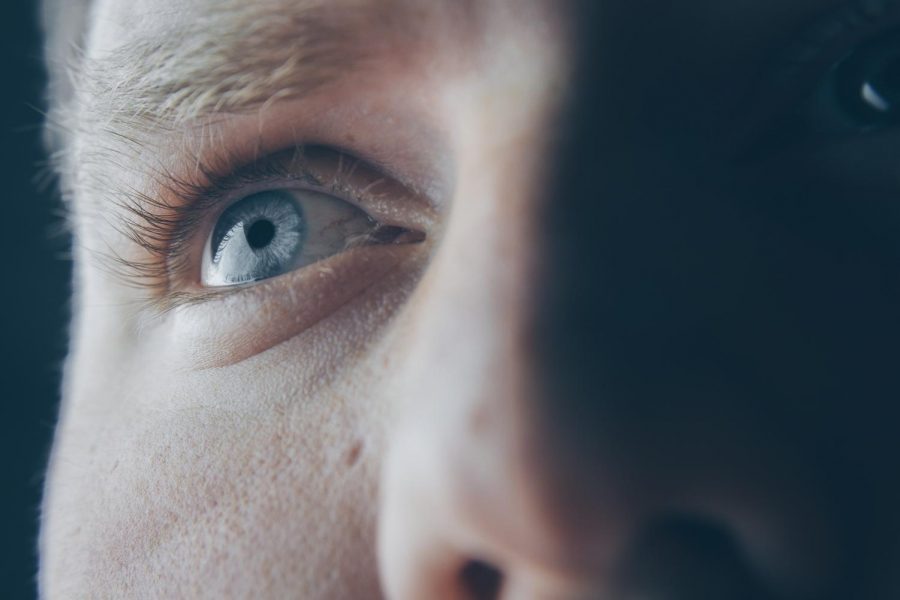A Possible Cure for Blindness
Often with degenerative diseases of the retina, the goal is to stop further loss of sight. However, researchers at the University of California Berkeley are trying to not only stop further loss of vision, but to also restore lost sight.
The specific type of retinal degeneration they are trying to cure is retinitis pigmentosa, the most common form of inherited blindness. Retinitis pigmentosa breaks down the cells of the retina, which is the light sensitive tissue lining the back of the eye. It shrinks a person’s field of view until they are not able to see at all. It typically leaves its victims blind by the age of 40.
The researchers created an inactivated virus that contains a gene for green cone opsin, a light-sensitive receptor. This virus is injected into the eye, where it then targets the retinal ganglion cells. These cells are left unharmed when retinitis pigmentosa causes a person to go blind, which is why researchers chose them. After the ganglion cells receive the new genes, they become sensitive to light and they takeover the job of the damaged light-sensitive cells.
So far, this technique has only been tested on mice, but the trials have been even more successful than researchers hoped. It took a few months for the ganglion cells to become light sensitive, however once they did, the mice were able to explore their environment just as well as mice that had never lost their vision. Even though mice are not able to read, the researchers were able to do tests to conclude that their vision was repaired enough for them to be able to “read” from a normal computer screen.
This procedure is a huge breakthrough when compared to the current options for patients with this type of blindness. Currently, they have to get a video camera that sits on a pair of glasses and is attached to an electronic eye implant. This setup is an expensive and invasive procedure. In addition, it is only the equivalent of a few hundred pixels. Normal vision is the equivalent of millions of pixels, which is why the new procedure is such a breakthrough. Scientists plan to be able to start trials with humans in about three years.










